Recovery from bushfires ‘an ongoing story’
Towns that bear the brunt of devastating bushfires need greater support if they are to fully recover.
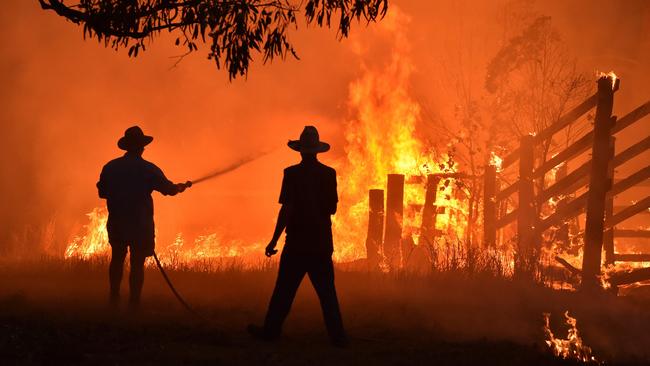
Towns that bear the brunt of devastating bushfires need greater support if they are to fully recover, with some Victorian communities still suffering 11 years after the Black Saturday blazes that claimed 173 lives.
Foundation for Rural & Regional Renewal chief Natalie Egleton said communities affected by bushfires and other major disasters need sustained help to rebuild infrastructure and heal from psychological trauma but typically after three years funding dried up.
“There can be a view that recovery is a destination, and it’s not — it is an ongoing thing,” Ms Egleton said.
“It never really ends, it just evolves and changes and it becomes part of the story of that place.
“So FRRR have made a very deliberate decision to have something available and that we continue to provide those funds in a way that is also responsive … because we don’t know what those communities will need over time and so we need to remain really flexible.”
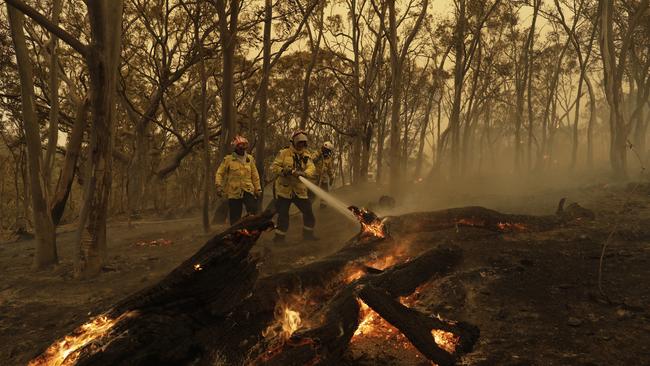
Almost 12 months after Australia’s Black Summer bushfires destroyed more than 3000 homes and killed 33 people, the FRRR has distributed more than $2m in recovery grants, including $750,000 from the News Corp Bushfire fund grants.
The FRRR has awarded more than $19m in disaster recovery grants since 2006 for projects that focus on “medium to long-term recovery needs”, including mental health support, infrastructure repair and “preparedness initiatives”.
According to a submission the not-for-profit group made to a Senate inquiry into the 2019-20 bushfire response, the FRRR typically provides funding 12-18 months after a disaster, a recovery stage it believes is “underfunded”.
Ms Egleton said the FRRR’s “deliberate” approach to provide grants after one year was important because a “false economy” could be created in the early stages of bushfire recovery.
“All of the recovery and relief personnel that are on the ground creates a little bit of a false economy,” she said.
“You have got people spending money but once that dissipates and that phase of recovery is complete it comes down to the local population to then support those businesses.
“So there is really a need for significant planning and development to support those businesses to be able to remain viable … and from the summer bushfires we had this year the added difficulty of COVID, which has significantly hindered that side of recovery.”
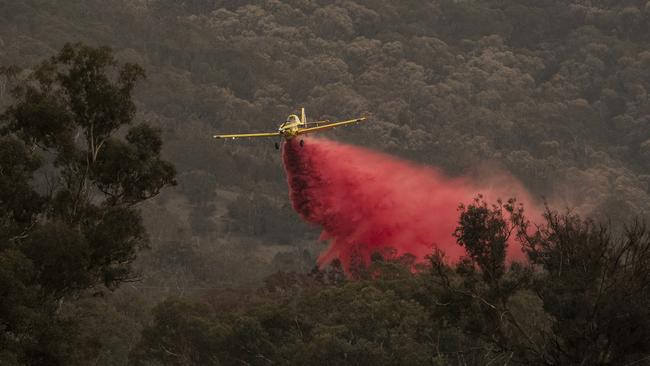
The Victoria charity the Marysville and Triangle Community Foundation was established seven years ago to help communities north of Melbourne after the devastating Black Saturday fires in 2009.
It has helped communities secure grants and funding to rebuild community halls, install new study areas in schools where students can “reflect” and set up counselling programs.
Charity chairman Tony Thompson survived the blazes but said February 7 was “etched into his memory forever” after the fires “completely wiped out” his Maryton Park Bed and Breakfast at Marysville.
“We nearly lost our lives and we were caught on many occasions … where we were just lucky to survive by the skin of our teeth,” the 54-year-old said.
“The mental scaring will always be there, being right in the middle of it.”
Mr Thompson said ahead of the 2020-21 fire season there was a risk people could “forget” about recent disasters.
“It has been a horrid year for recovery from the summer’s bushfires because of COVID,” he said. “The communities worry about of course that the focus was going before the job is done.”



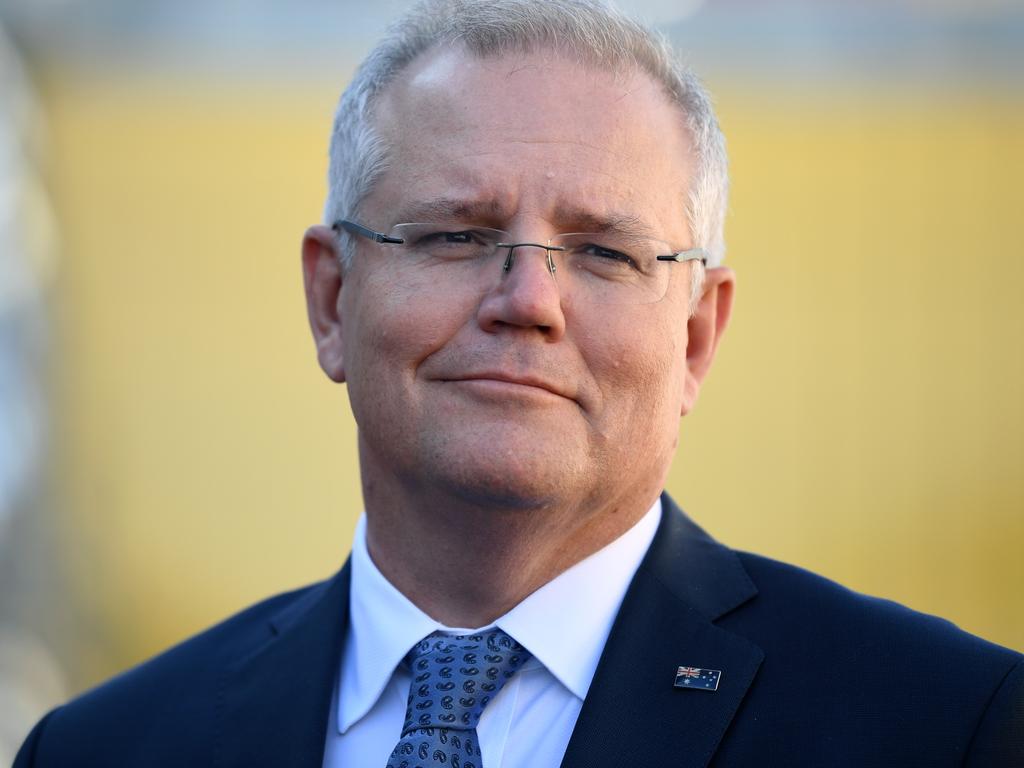
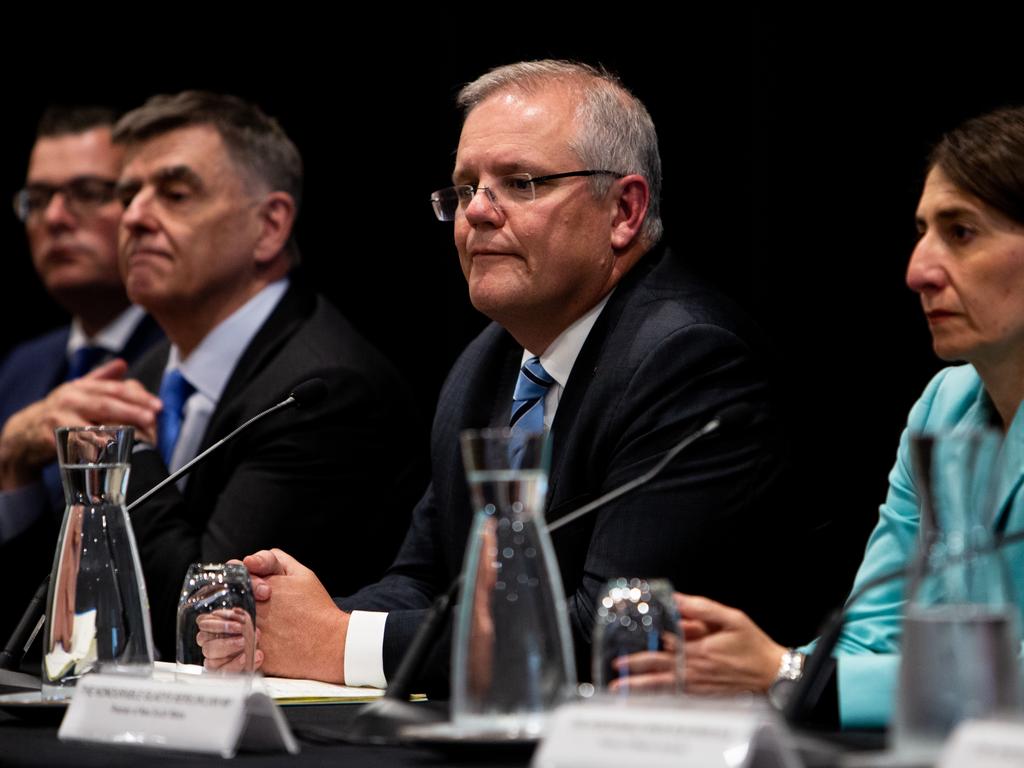



To join the conversation, please log in. Don't have an account? Register
Join the conversation, you are commenting as Logout